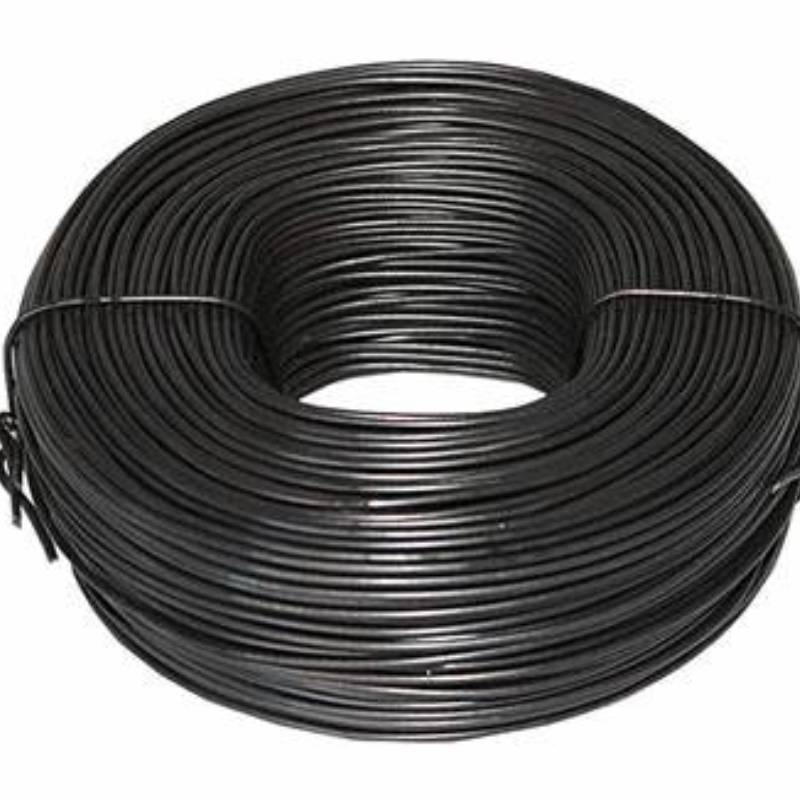
- Mobile Phone
- +8613931874955
- sales@cntcmetal.com
Understanding the Price of Field Fencing per Linear Foot
Understanding the Cost of Field Fence per Foot
Field fencing plays a vital role in agriculture, property delineation, and livestock management. Ensuring that you have the right type and cost of fencing is essential for maintaining the integrity of your land and animals. When considering the cost of field fence per foot, several factors come into play, including materials, installation, and regional pricing differences.
Types of Field Fencing
The cost of field fencing can vary significantly depending on the type of materials used. Common options include barbed wire, woven wire, and cattle panels. Barbed wire is often the most economical choice, generally costing less than $1 per foot. This type of fencing is effective for containing livestock and deterring intruders, making it a popular choice among farmers and ranchers.
Woven wire fencing, while more costly, may range from $1.50 to $3 per foot. It offers increased durability and can better contain smaller animals, making it a preferred option for enclosing diverse types of livestock. Cattle panels are another option, coming in at about $3 to $5 per foot. They provide robust support and are ideal for larger animals, but they require a more substantial initial investment.
Installation Costs
In addition to the material costs, installation can significantly impact the total expense. Hiring a professional to install the fence can range from $2 to $5 per foot, depending on the complexity of the job and the local labor market. For DIY enthusiasts, installing the fence yourself can reduce costs; however, it requires investment in tools and equipment, as well as a significant time commitment.
cost of field fence per foot

Additional Factors Affecting Price
Location plays a pivotal role in the total cost of field fencing. In rural areas where fencing supplies may be limited, prices can be higher due to transportation costs. Furthermore, the type of terrain can complicate installation, potentially leading to higher labor costs. For example, rocky or uneven ground may require additional effort to install posts securely.
Insurance and maintenance costs should also be considered. While some types of fencing are relatively low-maintenance, others may require regular upkeep to ensure their longevity. Over time, wear and tear can lead to additional expenses, so budgeting for these aspects is crucial.
Final Considerations
When planning your fencing project, it’s essential to assess your specific needs carefully. Consider the types of animals you intend to contain, the land's geography, and your budget constraints. By weighing the costs of different fencing options and factoring in installation and maintenance, you can make an informed decision that best suits your requirements.
In summary, the cost of field fence per foot varies greatly based on materials, labor, and the particular circumstances of your property. By understanding these factors, you can select a fencing solution that not only meets your functional needs but also fits within your financial means.
share:
-
Your Source for Concrete Wall Ties and Masonry AccessoriesNewsJul.10,2025
-
Unlocking the Power of Iron Wire for Every ProjectNewsJul.10,2025
-
Explore Advanced Chain Wire and Stainless Steel Mesh FencingNewsJul.10,2025
-
Discover the Benefits of Annealed Wire ProductsNewsJul.10,2025
-
Discover China Stainless Steel Wire Mesh SolutionsNewsJul.10,2025
-
Build with Confidence Using High-Performance Masonry AccessoriesNewsJul.10,2025
-
Why Sacrificial Formwork Is Redefining Underground ConstructionNewsJun.06,2025



















